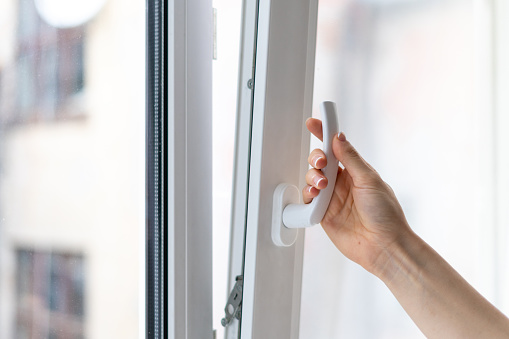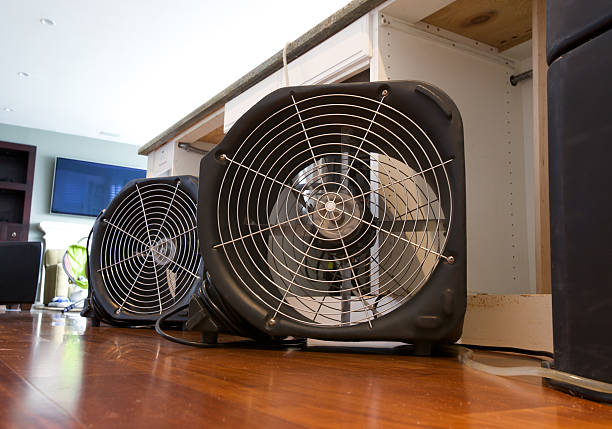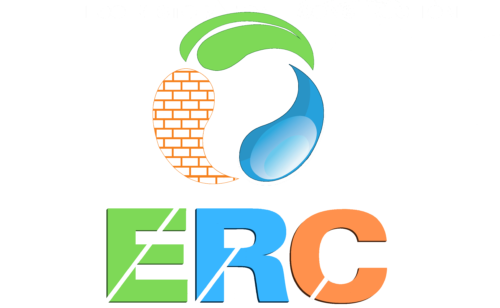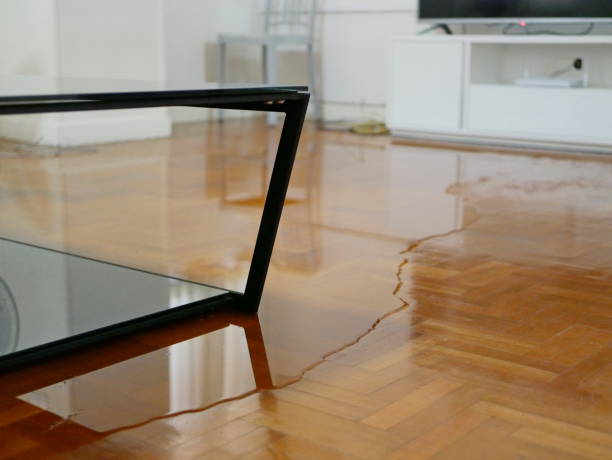When you’re faced with water damage, the consequences can be more complex than just dealing with the water itself. Beyond the immediate structural damage to your property, you’re often grappling with the potential for mold, electrical hazards, and other hidden perils. Therefore, it’s essential to know how to properly dry out your structure before you even consider the repair and restoration phase.
How Long Does It Take to Dry Out Water Damage?
The time needed to dry out water damage varies widely, contingent on the severity of the situation and the materials affected. Generally speaking, smaller areas like a single room might take around 72 hours for initial drying, followed by one to two weeks for full restoration. Yet, this is a ballpark estimate—each case has its nuances that may expedite or prolong the process. A professional assessment is often needed to provide an accurate timeline.
Types of Water Damage: Burst Pipes to Flooded Basements
Your first reaction to water damage might be panic, especially when it’s something as dramatic as a flooded basement or a burst pipe. The urgency of water removal cannot be overstated; water acts fast, seeping into flooring, walls, furniture, and even electrical systems. For such reasons, an immediate plan of action is indispensable.
Sump Pump Installation: A Durable Solution for Water Removal
Investing in a sump pump can be an excellent long-term solution. This device is designed to pump out water from basements and crawl spaces, redirecting it away from your home through a drainage line. When water levels rise above a predetermined level in the sump pit, the pump activates, preventing potential flooding or water accumulation.
Strategies for Drying Up Water Damage

Moving Air Naturally
When humidity levels are relatively low, the first step should be to open all windows and doors to facilitate natural air circulation. Even removing drawers from cabinets and wardrobes can be beneficial as it allows trapped moisture to escape.
Mechanical Air Movement
If natural air movement isn’t sufficient, industrial-grade fans can be either bought or rented. The prices range from $50 to $500, depending on the fan’s size and power, while rentals usually cost around $20 per day. However, be cautious when your HVAC ducts are flooded; using your home’s heating or cooling system might not be advisable.
Pumping Water
Sump pumps not only serve as a preventative measure but are also effective for active water removal. These submersible pumps can be especially helpful when you’re dealing with standing water that’s several inches deep.
Wet/Dry Vacuums
Specialized shop vacuums can safely remove water from carpets and other surfaces, potentially saving them from permanent damage. Always ensure the vacuum is rated for wet conditions, as using a regular household vacuum can be dangerous.
Dehumidifiers
A portable dehumidifier can remove moisture from the air in confined spaces, such as a room or a basement. Opt for a larger dehumidifier to reduce the frequency of emptying the water drawer.
Removing Water-Logged Items
Water-damaged carpets and furniture should be taken outside to dry in the sun, significantly decreasing indoor humidity. Flooring like vinyl or linoleum may need to be removed entirely to facilitate the drying process.
Using Desiccants
Moisture-absorbing materials like silica gel can also be utilized to draw water out of wet items and spaces. These materials change color to indicate when they’re saturated and need replacement.
Preserving Documents
Water-damaged books and photos can be sealed in plastic bags and stored in a frost-free freezer, which temporarily halts further deterioration and prevents mold growth. Later, they can be taken out to air dry.
Essential Drying Tips After Major Water Damage

Water Extraction
Consult a professional water extraction service like ECO Cleaning & Restoration for thorough water removal. Their specialized equipment can extract water from all types of surfaces, making the drying process quicker and more effective.
Removing Wet Items
Saturated furniture and carpets need to be removed immediately. The scale of this task usually requires professional intervention, especially if the damage is caused by a sewer backup, which necessitates discarding affected items.
Quick Evaporation
Industrial air movers are often deployed to expedite the drying of soaked wood frames, drywalls, and subfloors. Speed is critical to prevent bacterial growth and mold.
Effective Dehumidification
Industrial-grade dehumidifiers are usually recommended because they work quickly and efficiently, keeping indoor humidity levels in check.
Temperature Control
Heating up your home can facilitate faster drying, but be mindful of the moisture levels. If indoor humidity increases, consider using an air conditioner to balance it out.
In Summary
The drying phase is just one aspect of recovering from water damage; disinfecting the area to prevent mold and bacterial growth is equally crucial.
Need Professional Help?
If you’re in need of professional drying services, don’t hesitate to call us at (954) 427-7800. Our certified water dryout technicians are available around the clock to assist you in restoring your home as quickly as possible.
This guide aims to be an all-encompassing resource for anyone dealing with water damage. From understanding the timeline of repairs to executing efficient drying techniques, being informed is your best defense against the multi-faceted challenges that water damage presents.






